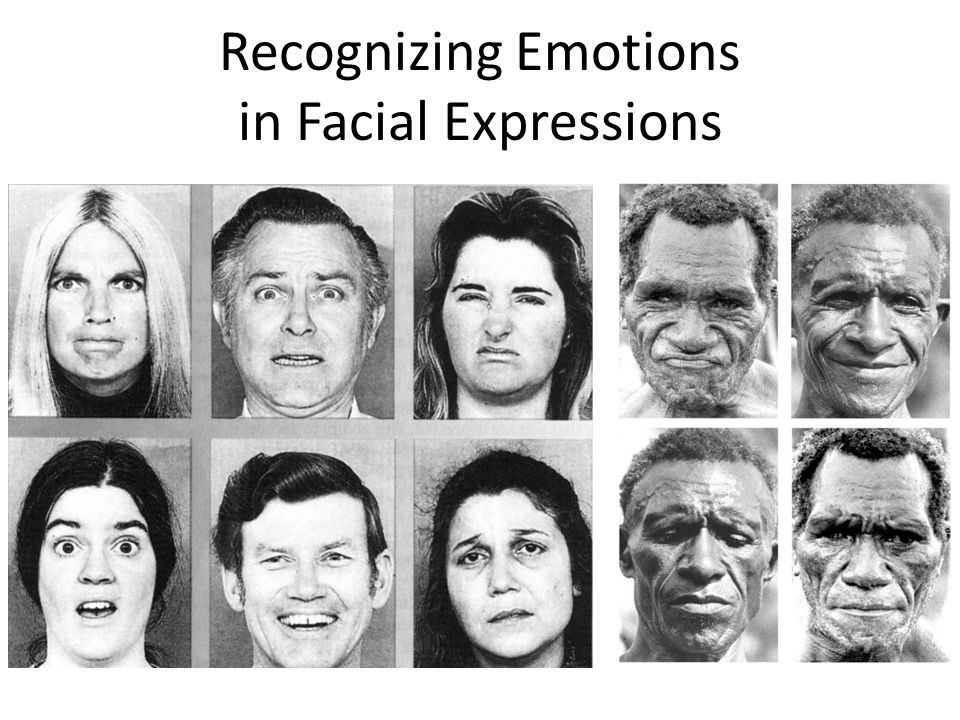Facial Emotion Test


A facial expression is one or more motions or positions of the muscles beneath the skin of the face. According to one set of controversial [citation needed] theories, these movements convey the emotional state of an individual to observers.
Build smarter applications with the Emotion API from Microsoft Azure. Recognize facial emotions in images based on universal facial expressions.
In an attempt to provide a clear assessment of the theory that a purely physical facial change, involving only certain facial muscles, can result in an emotion, Strack, Martin, & Stepper (1988) devised a cover story that would ensure the participants adopt the desired facial posing without being able to perceive either the corresponding emotion





Manual face coding is extremely time consuming. Save time and resources by automatically extracting action units, and spend your time analyzing data rather then collecting it. Have a big library of existing recordings? Batch upload all videos to iMotions and quickly extract all facial expression

Facial expressions are a universal language of emotion. How well do you read other people?

Measure emotions to enhance your understanding of people. Emotion Research LAB is the artificial empathy company. The emotional software allows to better understand the emotional insights with a simple cam.
A free AP Psychology practice test that covers motivation and emotion. This online quiz is designed to help you prepare for your AP exams.

Instructions. This test will investigate your ability to read emotion from the eyes. You will be shown a pair of eyes with four emotion labels around it.
Book Chapters. 1) Matsumoto, D. (in press). The role of emotion in escalating violent non-state actors to hostility. In A. Speckhard, L. Kuznar, T. Rieger, and L. Fernstermacher (eds.), Protecting the homeland from international and domestic terrorism threats: Current multi-disciplinary perspectives on root causes, the role of ideology, …
David Matsumoto, is Professor of Psychology at San Francisco State University and Director of Humintell, LLC. He has studied culture, nonverbal behavior, and emotion for over 30 years and has published over 120 journal articles in peer-reviewed, scientific journals. His books include Culture and